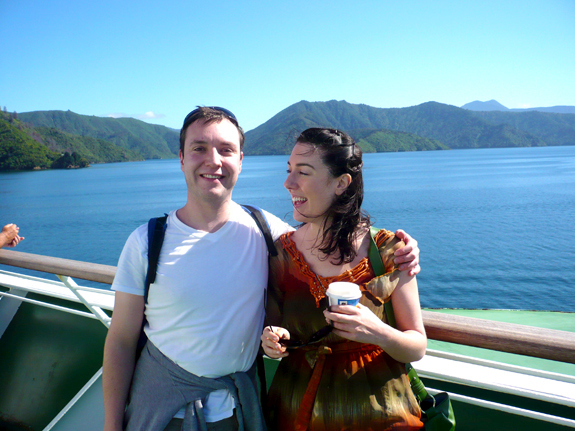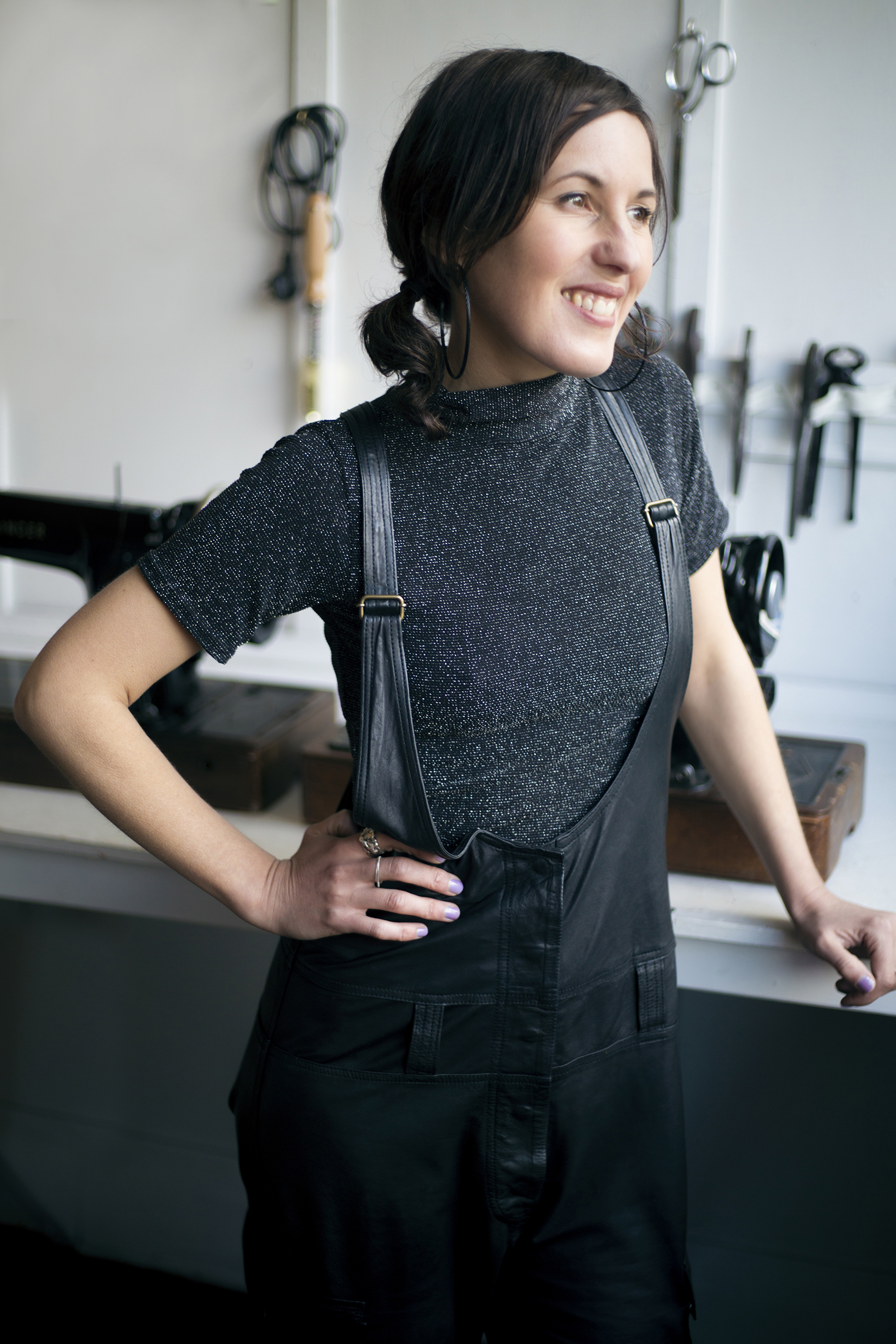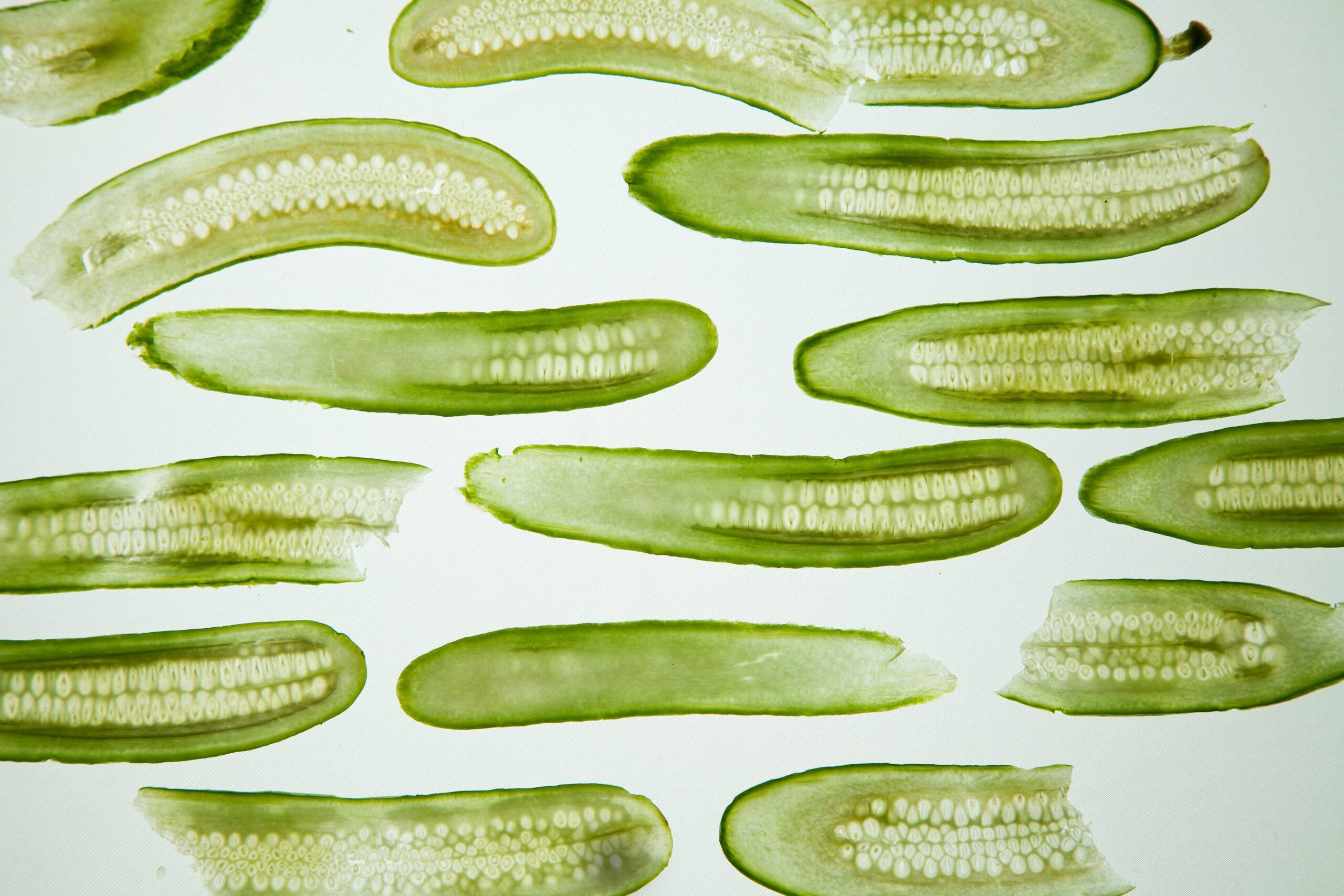In the devastating moments when buildings collapsed, sinkholes opened and muddy liquefaction bubbled up, many Cantabrians said goodbye to life as they knew it
In the devastating moments when buildings collapsed, sinkholes opened and muddy liquefaction bubbled up, many Cantabrians said goodbye to life as they knew it
The tiny details of one afternoon are etched on 35-year-old Clemency Mutze’s memory. She wore her nicest clothes, quickly ate lunch and only just caught the bus to town. The elevator seemed to invite her out onto each floor of the Canterbury TV building, but finally it delivered her to the doctors’ waiting room on the fifth. Clemency was gazing out the window when Christchurch’s tall buildings began to sway from side to side and a deafening roar swelled around her.
“I remember wondering whether I had the time or the physical capability to get from my chair to the doorway opposite,” she says. “I decided it was progressing too fast so I didn’t. That decision not to attempt moving probably saved me.”
The floor crumbled under her and Clemency fell in her chair until she became pinned almost upside-down. Her back and tailbone were broken and her left eye lacerated. At the time, she thought she’d lost the sight in her eye. Her only view was of the zip of her bag and shards of glass which moved nearer her face with each aftershock. She remembers watching helplessly as her own blood dripped down.
These days Clemency can talk about these surreal moments with surprising equanimity. She’s overwhelmingly grateful for being pulled from the ruined CTV building alive when so many others didn’t get that chance.
“I’ve lost my innocence,” she says. “I trusted so much. I had faith in buildings staying solid and standing – that’s completely gone.”
Lying pinned with her legs twisted, Clemency imagined the whole of Christchurch had gone down. “I truly thought this was it and I was going to die,” she says. “One part of my mind was wanting to die in peace, and in gratitude for my life, so I started praying and saying goodbyes to my husband and family, and thinking how much I loved them. Another little voice in my head was screaming about how terrible it would be to die this young, having just got married and with life going so well.”
Other people had been in the waiting room when the quake hit, and Clemency managed to communicate with someone else. But she quickly realised she needed to focus on controlling her breathing and trying not to panic.
Remembering how her brother, Tristan, said people could get themselves out of any situation, Clemency resolved to do what she could. The only part of her body she could move was her right hand, but she felt around until she grasped hold of a reinforcement rod. She started to poke it up and down, calling out “Help me”, over and over, in a rhythm.
After about two hours, as the air grew increasingly choked with smoke, rescuers reached Clemency. Despite intense back pain she walked, with help, to the chaos of Latimer Square, where she lay under a tree and waited for an ambulance. She learned much later that a close friend who worked in the CTV building hadn’t come out.
“All this time I was thinking that if I got out of there alive, I’d tackle my dreams head on,” says Clemency. “I planned on creating a relaxing beauty treatment sanctuary for Christchurch people. Normally that would be a hazy hope. But since getting out of hospital I’ve started my own beauty business. Next I want to visit France.”
Having already worked as a beauty therapist, Clemency didn’t need any extra training – but the leap to becoming her own boss was a matter of confidence. Since the quake, she’s turned that hope into a reality, setting up her own therapy business with her husband Wanja Mutze. These days, between surgeries, she runs Clemency Alice Beauty, set in the Cashmere hills with views of the Southern Alps.
And there are benefits to losing the rose-tinted notion that life will always continue in the same way, she says. “I still feel great sadness about what’s changed and who I’ve lost. But I’ve been given a second chance. I’ve realised life can end at any moment, without warning. So from now on, I’m about action. No delays.”
–Liesl Johnstone

Greening the rubble
In Sydenham, where the dull thud of wrecking balls and pounding jackhammers hold sway, patches of open ground are being reclaimed. Shoppers at the local dairy, which is housed in a shipping container, pause to enjoy the adjacent garden, where blue bench seats invite conversation.
Nearby is an outdoor garden room fitted with a piano for making music under the open sky and, at a neighbouring pop-up coffee spot on Columbo St, recycled brick and timber seating is striped with cheerful Lego-like blocks of colour. Flourishing planter boxes disguise the fact that this was recently nothing more than an ugly patch of broken, rubble-strewn ground.
Greening the Rubble is a project spearheading community renewal in quake-affected parts of Christchurch, creating temporary public parks and gardens on former demolition sites.
So far, it has ten such projects chalked up, with more planned. “Christchurch used to market itself on being a garden city,” says Rhys Taylor, one of Greening the Rubble’s two part-time, paid staff. “We’re helping to remind people of this by taking these empty spaces and creating beautiful, temporary gardens.”
Every garden is different, due to the mix of community volunteers involved, the designers and the site itself. On Fitzgerald Ave, the project has developed a community food garden of raised beds on the site of two demolished houses. This has evolved organically in every sense of the word: it’s pesticide-free, has no formal design and has simply been created by locals getting stuck in with spades and trowels.

A very different garden featuring native plants is taking root on the central city corner of Salisbury Stand Madras St. Here, Greening the Rubble is working with a local residents’ group, Peterborough Village. The site design also includes a small petanque court, a children’s play area and a vegetable patch. Where a block of shops used to be, some retail life is now also returning to this spot, in the form of a corrugated iron-clad cafe called The Jungle Cup.
Some of the country’s leading landscape architects and designers have swung in behind Greening the Rubble. Auckland landscape designer Xanthe White, whose Garden for Christchurch won gold at the 2012 Ellerslie International Flower Show, has donated plants, compost and gravel from her award-winning garden. These materials have now been used in four community gardens around Christchurch.
“It’s nice to hear the show garden has this ongoing life and that as much of it as possible is being reused,” Xanthe says. “Bringing life to these demolition sites helps give people hope and keep forward momentum going.”
Sponsors such as City Care have donated soil and base materials, while professionals from Environment Canterbury, the Christchurch City Council and Lincoln University have all loaned expertise. University students are active volunteers, and landscape architect students at Lincoln are currently working on a collaborative project to design Places of Tranquillity gardens to cater to the city’s varied cultural and language groups.
As well as Greening the Rubble, fellow space-transforming organisation Gap Filler is committed to making active (if temporary) use of demolition sites, often for performance arts. The two groups have several shared sites, including Sydenham’s open-air Music Room and a book exchange on Barbadoes St.

Inevitably, as the rebuild gathers pace, these temporary gardens will make way for more formal commercial developments. This has already happened to two early projects, including the first mini-park, Victoria Green. Before redevelopment, as much of the gardens were dismantled and replanted elsewhere.
But in the meantime, Greening the Rubble offers an organic and inspirational way for Christchurch residents to do something positive in their quake-damaged cityscape.
“We’ve got a long way to go,” says Rhys. “I think we’ll still be greening rubble and re-building in Christchurch a decade from now.”
–Kim Newth

When the walls came down
Summer Olliver, 23, used to work in the Pyne Gould building as an administrator for the finance company Perpetual. The moment the quake struck she instinctively leaped under her desk and was on her knees when a six-tonne beam fell from above, crushing her lower back.
“Straight away I went into survival mode, scrabbling to tie my hair up, feeling around in the pitch blackness for my cellphone and screaming for help,” she says. “When I realised the circulation in my legs was gone, and was leaving my arms, I started a constant squeezing of my hands together, and moving my head.”
Summer was rescued in the early evening after being trapped for six hours. Her rescue was a touch-and-go affair, involving heavy-duty tools and jack-hammers – some of which broke before the beam could be raised to release her. She had suffered serious crush injuries and renal failure, which involved several long hospital stays over the following months. Today she has chronic pain in her right foot, but is grateful she can still walk.
Others caught in the quake were not so fortunate – ten of Summer’s colleagues perished in the same building, along with her aunt. To cope with her grief in the following months, Summer channelled her energies into action. Aware that the children of injured parents were also suffering, she founded the Great Quake Escape charity in order to take a group of children to Auckland for a weekend of fun. Her October 2011 charity auction raised $40,000 for the trip.
Exhaustion is a daily companion but Summer is determined to inject fun into every day. “If I’m invited out at short notice, I’ll now drop everything and go,” she says. “My priority is spending time with friends and family.” –Liesl Johnstone
Check out Clemency Mutze’s beauty therapy business, and learn more about Summer Olliver’s Great Quake Escape at: www.greatquakeescape.org.nz. To donate time, money or materials to Greening the Rubble, visit here. Gap Filler is also dedicated to bringing demolition sites to life, visit www.gapfiller.org.nz.





